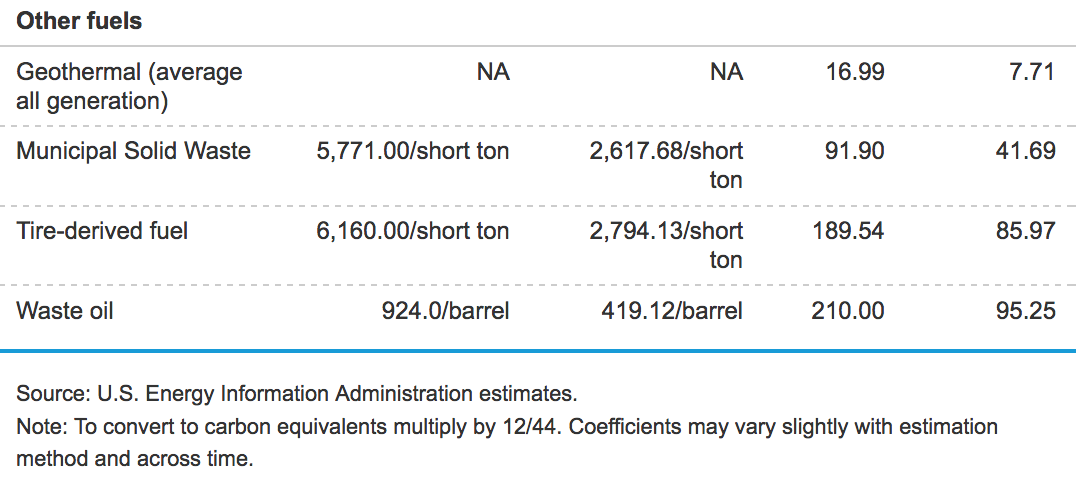Classes ended this week. By the time that I post this blog, my students’ final exams will also be history. The last four guest blogs were written by students in my Physics and Society course—a research-based course that I offer periodically to advanced undergraduate physics students. Some of those who authored these guest blogs will be graduating at the end of this month. I encouraged my students to comment on each other’s blogs; if you haven’t read these posts yet, I urge you to do so as soon as you can and add your comments to the mix.
The issues that the guest bloggers addressed are important and complex; as befitted physics students, I encouraged them to be quantitative. They presented their work in two distinct forums. On the school’s Science Day, science faculty quizzed them on everything even remotely related to their topics. Also, since the projects are society-related, and society consists of more than just science faculty—to put it mildly—the guest blogs were meant to address the same topics using more accessible language for the general public. You can be the judge of these attempts; please let us know how they fared.
Graduation is also a time to think about societal issues on every scale. My school is probably the place where I have the highest capacity to contribute to change . In 2007 Brooklyn College made a commitment, together with other schools and public institutions, to enhance our environmental stewardship in specific areas. One of these pledges was to reduce our energy use by 30% (compared to 2007) in 10 years. Many of these commitments became dormant over time as administrations on the state, city, and even campus levels changed. This year, 12 years after the initiative started, voices on campus are demanding we reprioritize these commitments.
How To Determine Where We Focus Our Actions
Two indicators that are central to these efforts, and are directly related to climate change, are energy use and carbon footprints. There are a few important questions that emerge in our attempts to resuscitate these commitments. First, of course, if we want to make progress in these areas, we have to know how to measure them. Many of the calculations are based on “emission factors,” a relatively muddled term.
Fortunately, there are helpful resources. To find out where you stand personally you can Google carbon footprint measurements. Among other entries, you will find an EPA (Environmental Protection Agency) calculator. It asks you:
Home Energy:
- What is your zip code; how many people are in your household?
- What’s your household’s primary heating source?
- Enter your average monthly utility bill or other data for each source of energy your household uses.
- Natural Gas (in dollars, thousand cubic feet, or Therms)
- Electricity (in dollars or kWh); % of electricity that is green
- Fuel Oil (in dollars or gallons)
- Propane (in dollars or gallons)
Transportation: How many cars do you have? How many miles do you travel? What is your gas consumption?
Waste: What do you recycle (aluminum and steel cans, plastic, glass, newspaper, magazines)?
After you fill in the list, the site provides you with your carbon footprint (weight of carbon dioxide that you emit) and compares it to an average among those with the same household size in your zip code. In addition, it provides a series of suggestions for saving energy and calculates the resulting reduction in both your carbon footprint and the price that you pay for utilities.
The first questions that many ask: How does the EPA calculate your carbon footprint? What data sources does it use (census data, etc.) to establish a baseline?
You can reference the original resources on the website for the Energy Information Administration (EIA) and access a table of carbon coefficients as shown below:



We can use this data to calculate the results for Brooklyn College. The follow up question is: how does the EIA calculate its own table? For that we need some understanding of chemistry.
When I ask my general education climate change students how many of them have ever experienced any type of chemistry education, I usually get numbers lower than 50%. This is a problem because chemistry in its most basic form is a language that explains a lot of what happens in the natural world around us. If you are unfamiliar with any language you will have problems deciphering the content it conveys. Accordingly, I spend time discussing the language of physics with my class and making sure that my students can work with it.
Next week I will expand upon some of the other issues that stand in the way of our collective effort to mitigate climate change.
